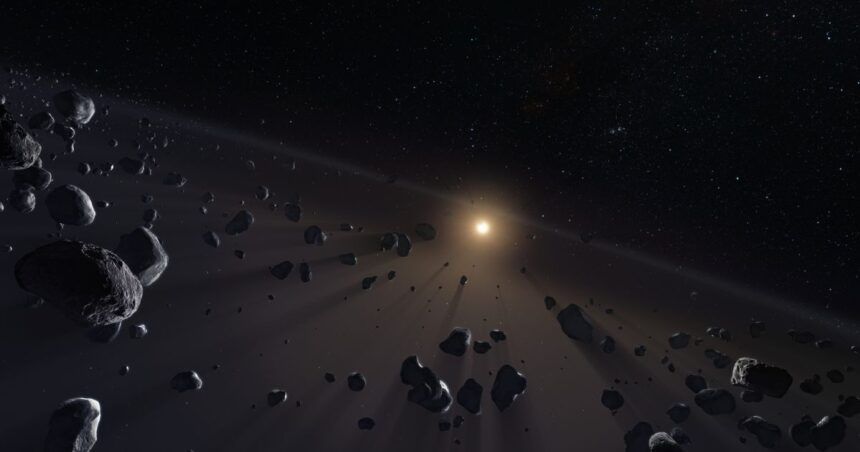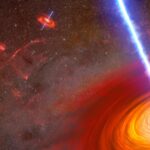Our solar system might be much larger than we ever imagined. Recent discoveries suggest the existence of a second Kuiper Belt. This new finding could change our understanding of the solar system’s boundaries.
The Kuiper Belt, discovered in 1992, is a region beyond Neptune filled with icy bodies and dwarf planets. It’s where Pluto resides. But now, scientists believe there might be another similar region even farther out. This second Kuiper Belt could be home to many unknown objects.
What is the Kuiper Belt?
The Kuiper Belt is a vast area of space. Its distance from the Sun is between thirty and fifty-five astronomical units (AU). The distance between Earth and the Sun is one AU. This region is filled with small icy bodies. These objects are traces left over from the creation of the solar system.
The Discovery of a Second Kuiper Belt
Astronomers have been studying the outer edges of our solar system for years. They use powerful telescopes and advanced technology. Recently, they noticed something unusual. There were objects moving in ways that couldn’t be explained by the known planets and the Kuiper Belt.
This led to the hypothesis of a second Kuiper Belt. This new region might start where the known Kuiper Belt ends. It could extend much farther into space. Some scientists believe it could go as far as 100 AU or more.
The discovery of a second Kuiper Belt is significant. It means our solar system is much larger than we thought. This new region could contain many unknown objects. These objects could provide clues about the early solar system.
Understanding the second Kuiper Belt could also help us learn more about other star systems. Many stars have similar belts of icy bodies. By studying our own, we can learn more about how these systems form and evolve.
How Was This Discovered?
The discovery was made using data from several telescopes. The most important data came from the Hubble Space Telescope and the Atacama Large Millimeter/submillimeter Array (ALMA). These instruments can detect faint objects far from the Sun.
Astronomers noticed that some objects had unusual orbits. These orbits couldn’t be explained by the known planets or the Kuiper Belt. This led them to propose the existence of a second Kuiper Belt.
What Could Be in the Second Kuiper Belt?
The second Kuiper Belt could be similar to the first. It might contain many small icy bodies. These objects could be comets, asteroids, or even dwarf planets. Some scientists believe there could be objects as large as Pluto or even larger.
This new region could also contain clues about the early solar system. The objects in the Kuiper Belt are very old. Since the solar system’s formation, they haven’t altered all that much. Studying them can tell us a lot about the conditions in the early solar system.
The discovery of a second Kuiper Belt is just the beginning. Astronomers will continue to study this new region. They will use more advanced telescopes and technology. Future missions could even send spacecraft to explore this distant region.
One of the most exciting possibilities is the discovery of new dwarf planets. The first Kuiper Belt has several known dwarf planets, like Pluto and Eris. The second Kuiper Belt could have many more.





